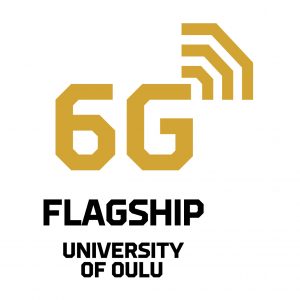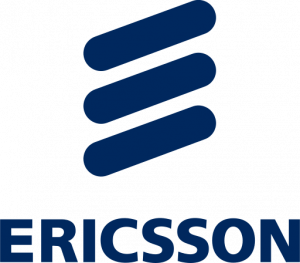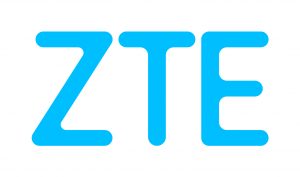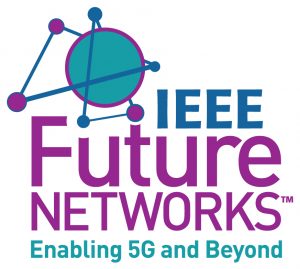
Harish Viswanathan is Head of Radio Systems Research Group in Nokia Bell Labs. He received the B. Tech. degree from the Department of Electrical Engineering, Indian Institute of Technology, Chennai, India and the M.S. and Ph.D. degrees from the School of Electrical Engineering, Cornell University, Ithaca, NY. Since joining Bell Labs in October 1997, he has worked extensively on wireless research ranging from physical layer to network architecture and protocols including multiple antenna technology for cellular wireless networks, multi-hop relays, network optimization, network architecture, and IoT communications. From 2007 to 2015, Harish was in the Corp CTO organization, where as a CTO Partner he advised the Corporate CTO on Technology Strategy through in-depth analysis of emerging technology and market needs. He is a Fellow of the IEEE and a Bell Labs Fellow.
Communications in the 6G Era
With deployment of 5G systems in full swing, research focus towards 6G mobile cellular systems has started. Toward creating a 6G vision, we will paint a broad picture of communication needs and technologies in the time frame of 6G.
The future of connectivity is in the creation of digital-twin worlds that is a true representation of the physical and biological worlds at every spatial and time instant, and unifying our experience across these physical, biological and digital worlds.
The new themes that are likely to emerge such as (i) new man-machine interfaces created by a collection of multiple local devices acting in unison (ii) ubiquitous universal computing distributed among multiple local devices and the cloud (iii) multi-sensory data fusion to create the multi-verse maps and new mixed-reality experiences and (iv) precision sensing and actuation to control the physical world, will shape the 6G system requirements and technologies.
With rapid advances in artificial intelligence, it has the potential to become the foundation for the 6G air-interface and network, making data, compute and energy the new resources to be exploited for achieving superior performance.
In addition, we discuss the other major technology transformations that are likely to define 6G: cognitive spectrum sharing methods and new spectrum bands, localization and sensing capabilities integrated into the system definition, achieving extreme performance requirements on latency and reliability, new network architecture paradigms involving sub-networks and RAN-Core convergence, and new security and privacy schemes.
Hits: 1337













